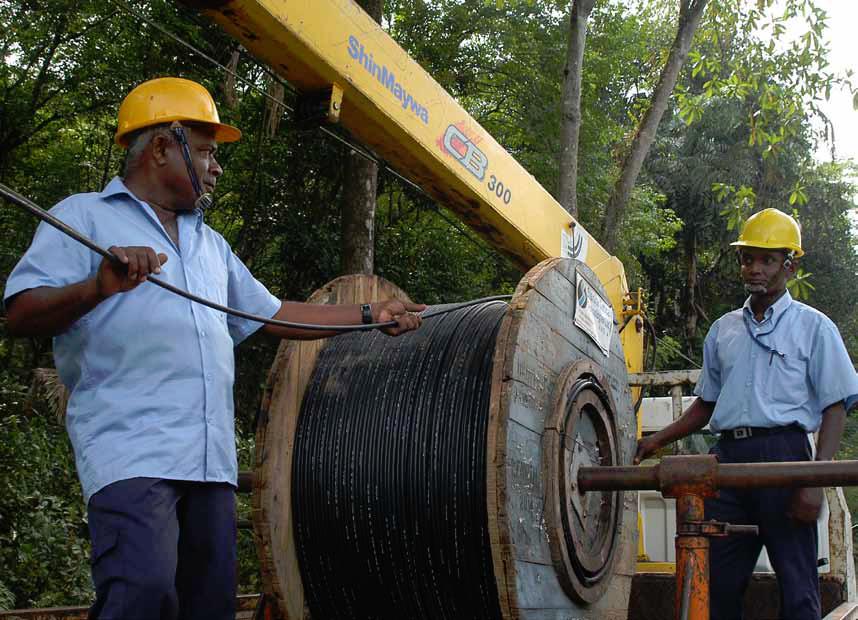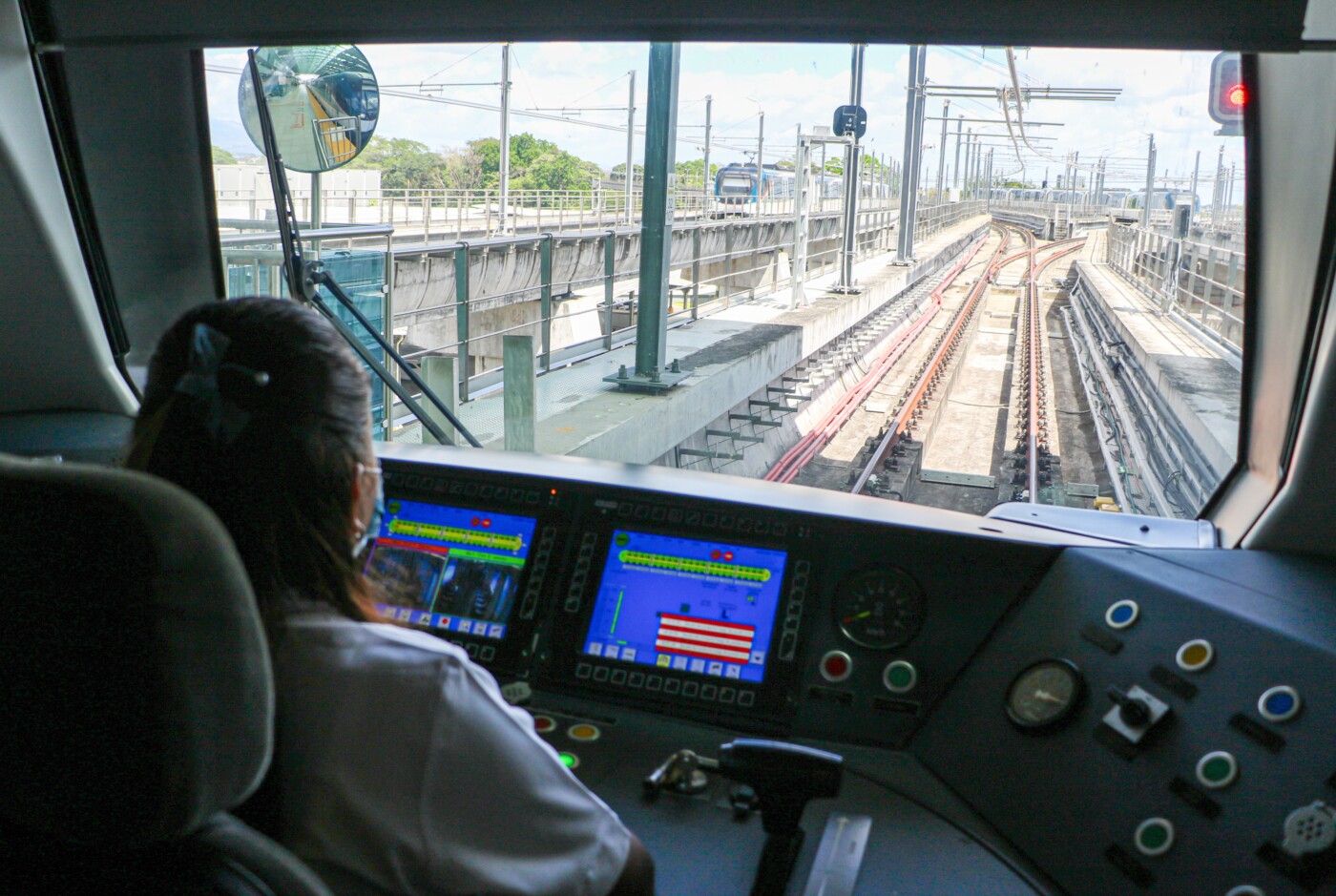
Chief executive officer Greg Young discusses the ways in which the company is helping transform Sri Lanka into an information and telecommunications hotspot.
Sri Lanka Telecom (SLT) has built over 150 years of goodwill and trust with its valued customers protecting its brand image and company values. SLT‘s role in the continuing development of the Indian Ocean island is perhaps best summed up by its own slogan, “One Country. One Voice.” SLT envisions a not-too-distant future where the citizens of the country are united through the concept of connectivity.
From the days when it was a part of Sri Lanka’s Department of Post and Telecommunications through to the present day, the company boasts a long and rich history. Now a fully integrated telecommunications operator, with a customer base of more than five million that include multinational corporations, public sector firms, and retail and domestic users, SLT today has achieved recognition as one of the most respected entities in the country.
“We provide triple-play services to our customers through fixed wire line (Megaline), public switched telephone networks (PSTN), asymmetric digital subscriber line (ADSL) broadband access and our IPTV pay television service (PeoTV),” explains chief executive officer, Greg Young.
By owning and operating an extensive, national, optical transmission network connecting all parts of the country, SLT is able to meet the needs of both its fixed business customers and those of its fully owned mobile subsidiary Mobitel. In addition, the company has ownership in four submarine cables that leave Sri Lanka and connect up to South East Asia, the Middle East, Western Europe and surrounding nations such as India and the Maldives.
The telecommunications market in Sri Lanka has experienced rapid growth over the last six-to-seven years, driven by competition in the marketplace and the adoption of mobile telephony by the masses. Today, it is the Sri Lankan government’s intention to build upon this growth and establish the country as an information and communication technology hub, with one specific strategy being to drive broadband penetration and availability.
“As the national telecommunications provider, it is heavily incumbent upon us that we support these national growth objectives,” Young continues. “We take our role in this very seriously and thus have geared both our long-term strategy and short-term investment plans to ensure we deliver against these targets.”
One of the most important ways in which SLT is supporting the government to achieve its aims is through its flagship i-Sri Lanka project, which is geared towards driving nationwide network modernisation.
“Since 2011,” Young says, “we have embarked on our most ambitious and capitally intensive expansion programme over the last decade in order to bring improved service quality and innovative products to customers. Augmenting the existing copper-based network through fibre-to-the-node technology, i-Sri Lanka will revolutionise broadband access across the country.”
The target of i-Sri Lanka is to achieve broadband speeds of up to 20 megabits per second for more than 90 percent of fixed customers by mid-2013. “With triple play,” Young enthuses, “this introduces a world of entertainment options through PeoTV to more than one million fixed-line customers through the SLT Megaline connection, together with an enhanced broadband experience.”
Sitting behind the benefits that this fibre-to-the-node programme will bring to its customers are the advantages it will provide SLT. “Reducing the length of the copper cables significantly reduces maintenance costs, reduces the propensity for damage from lightning and replaces a lot of the decades old, aging copper that has become less reliable,” Young says. “In turn this improves reliability and performance, and delivers an all-round better quality of service.”
SLT embarked on the transformation programme a number of years ago, laying the foundation for the favourable results of today. “Having laid the groundwork and infrastructure, and refocusing our plans,” Young elaborates, “we are well prepared for the changing demand for telecommunication solutions. We have taken our role as a strategic partner in this future journey very seriously. Our strategies now focus on customer centricity which is primary and remains at the axis of our objectives. Innovation, responsiveness, teamwork, business processes, increased productivity, prudent cost management, strategic investment, governance and best practices, values, ethics, transparency and technological advancement have all been addressed in our comprehensive Transformation Programme.”
Through what it describes as ‘prudent and disciplined’ financial management, SLT has managed to deliver significant profit growth over the past two years. Before tax profit for 2011 has shown itself to be three times that of 2009, while results from the first half of 2012 show a 15 percent year-on-year increase in group operating profit.
Young asserts that this strong financial performance is being leveraged to fund heavy capital investment into expansion and modernisation of the network. “This is being evidenced through projects such as i-Sri Lanka, the Nationwide Optical Fibre Backbone Network (NBN), international submarine capacity, FTTN to drive broadband penetration and ICT enablement, as well as expansion of mobile broadband and voice coverage. A group investment exceeding Rs. 25 billion in 2012, which is more than double the annual average over the past decade, is also planned.”
“On the mobile side of our business,” Young says, “we are experiencing the same trends being seen around the globe, specifically the rapid uptake of smart phones, mobile broadband and tablet devices. Meanwhile, from a fixed perspective, we are gearing heavily towards providing the best possible high speed broadband and IPTV services to our customers.”
As it stands at present, broadband penetration within Sri Lanka falls under seven percent, yet SLT expects this to increase dramatically over the next five years. One of the challenges that it must face head on, is how to service this demand in a cost effective manner.
“Household and per capita income in Sri Lanka is much lower than that of other developing nations, and therefore delivering services in an affordable way is a challenge we take very seriously,” Young concludes. “While we already boast voice call rates that are among the lowest in the world, we recognise the importance of being able to re-engineer our networks in order to provide quality fixed and mobile broadband to our customers. That is exactly where we are making great strides in and will continue to do so.”
Written by Will Daynes, research by David Brogan
DOWNLOAD
 SriLankaTelecom-EMEA-Nov12-bro-s.pdf
SriLankaTelecom-EMEA-Nov12-bro-s.pdf













